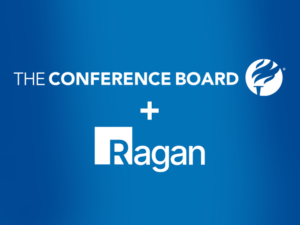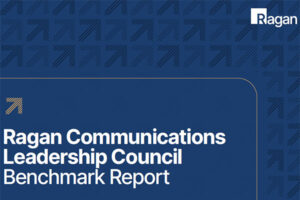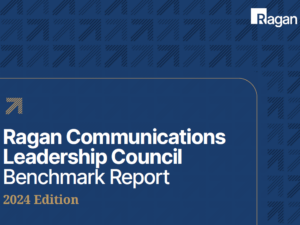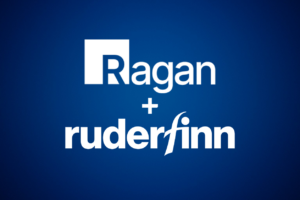Sneak preview: Results from GWU and Ragan’s Government Communications & Public Affairs survey
Including what government communicators view as the biggest barriers to public trust.

A new survey from George Washington University’s (GWU) Graduate School of Political Management, Schoen Cooperman Research and Ragan Communications asked communications professionals employed by government entities and government-associated private sector organizations for their thoughts on boosting public trust in the government.
The results reveal that it’s going to be a steep climb to restore that trust, however, communicators already have many of the skills and resources they need to accomplish this task.
The full results of the survey will be revealed at Ragan’s Virtual Public Affairs & Speechwriting Conference April 4, but let’s take a sneak peek at the obstacles and opportunities for government communicators.
The state of government trust
According to the Edelman Trust Barometer, just 42% of Americans trust the government. That tracks with how government communicators view the playing field in the GWU survey: 62% said that government agencies and entities are “somewhat effective” at communicating with the public, while 27% said they were “somewhat ineffective.”
Just 3% rated the efforts “very effective.”
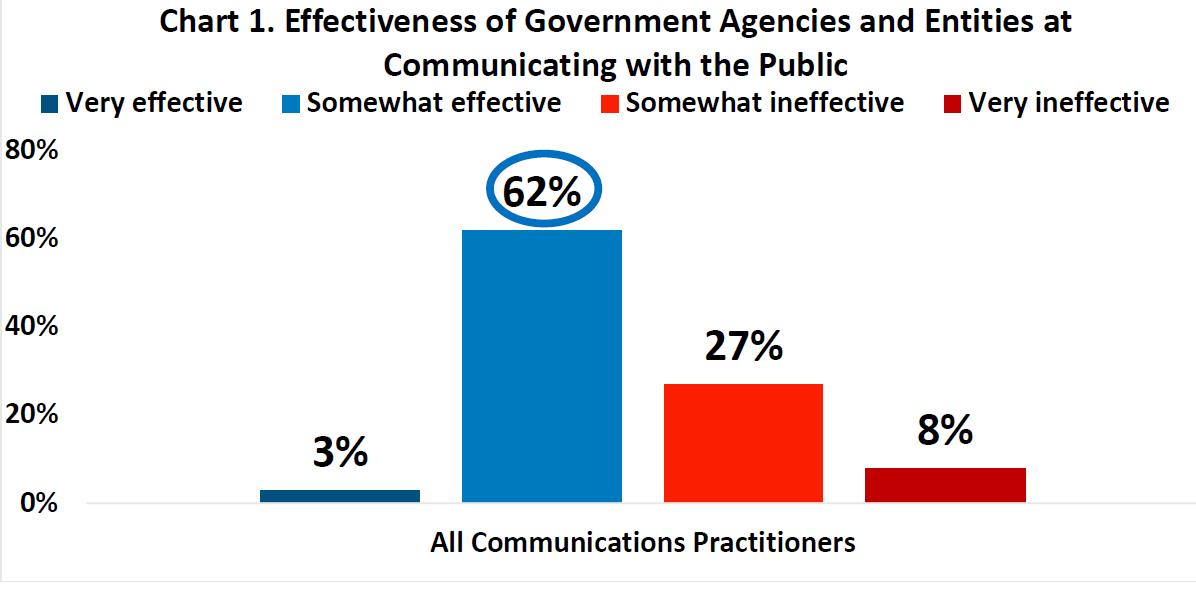
Some of the factors that communicators view as harming trust in government messaging are out of their control. Sixty-eight percent say the rise in disinformation is harming trust, while 58% blame the view that governments are politically motivated. While communicators can help mitigate these factors, they’re macro, societal issues.
However, the next two items on the list reveal more about what communicators can actively do to improve the situation.
A third of communicators say that a “one size fits all” approach is hurting the government’s messaging, and that their communications don’t consider regional, demographic or socioeconomic differences. Another 26% say governments are too slow to share information, while 23% simply find the government’s approach to be outdated.
All of these are serious issues, but areas in which communicators can help push to customize messaging, encourage speed and brainstorm innovative ideas for reaching critical audiences.
More data to be unveiled April 4
The full results of this survey include more insights, including how government communicators rate their effectiveness versus private sector professionals; the biggest challenges government communicators face both internally and externally; and much more.
Join us April 4 for all this and other deep insights and tips on public affairs and speechwriting. Register today.
Allison Carter is executive editor of PR Daily. Follow her on Twitter or LinkedIn.


